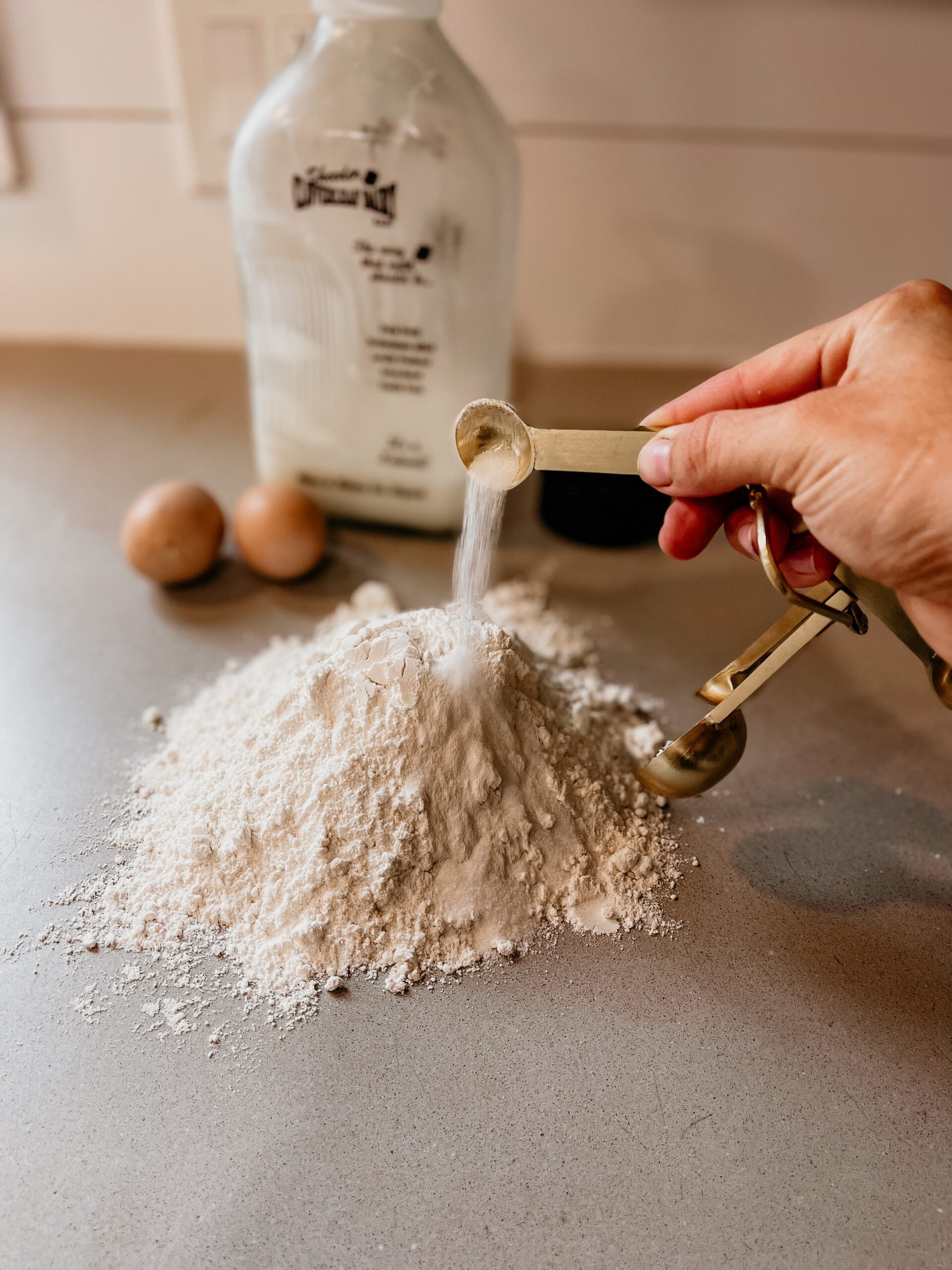
How is pearl millet used?
Around the world, millet has been grown for thousands of years. It has been grown throughout Africa and the Indian subcontinent from the beginning of time. There are numerous ways to consume pearl millet on a regular basis.
How is pearl millet processed into powder?
Toast pearl millet just a little. Roasting at low heat is ideal. It ought to take 7 to 10 minutes. After allowing to cool, transfer to a mixer jar. Pulverize it for 3-5 minutes, and re-roast. After cooling, store it.
Is pearl millet gluten-free?
Pearl millet is a grain that is nutritious and easily digestible. This grain does not naturally contain gluten. It is utilized for a number of things and collected for its seeds. People with celiac disease and gluten sensitivities can choose it because it is gluten-free. They provide a lot to consume, including carbohydrates, vital amino acids, antioxidants, several vitamins including thiamine, riboflavin, folic acid, and niacin, as well as minerals like iron, phosphorus, magnesium, and zinc. These grains are advantageous for heart patients since they are high in fiber and reduce cholesterol. One of the few foods, millet, is known to lower stomach acidity, preventing the development of ulcers and the discomfort associated with excessive stomach acidity.
How does pearl millet taste?
Mildly corn-like in taste, Pearl Millet is a bit sweeter than other grains. Toasting it before cooking gives it a lovely nutty flavor. The flavor of millet does not stand out on its own and works well when it is combined with other ingredients.
What is the different use of millet seed?
It can be used to make flatbread, porridge, drinks, pilafs, bread, and much more. You can also make millet beer with millet. Furthermore, millet is used as livestock feed and bird seed, so be sure the millet you purchase is for human consumption, as millet sold for animals retains its indigestible hull.
